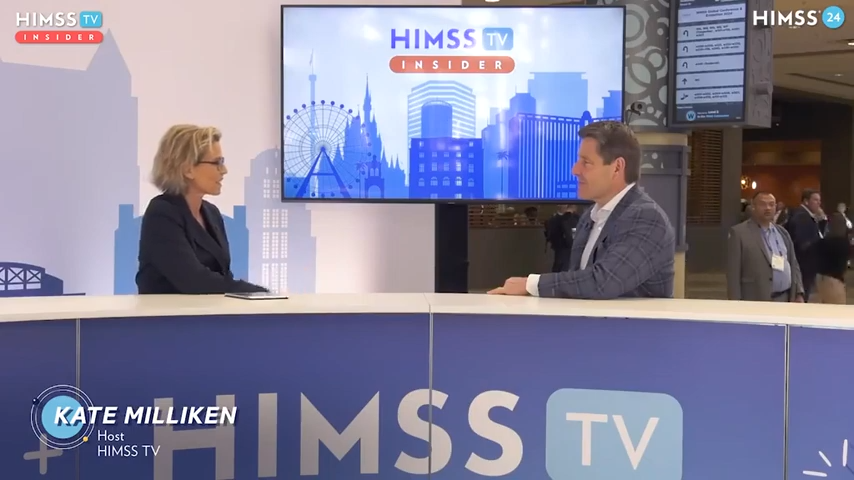
Adam McMullin, AvaSure CEO, talks about health systems that have reduced patient falls and increased sepsis recovery rate by using his company’s AI-driven virtual platform to assist on-site nurses.

Adam McMullin, AvaSure CEO, talks about health systems that have reduced patient falls and increased sepsis recovery rate by using his company’s AI-driven virtual platform to assist on-site nurses.
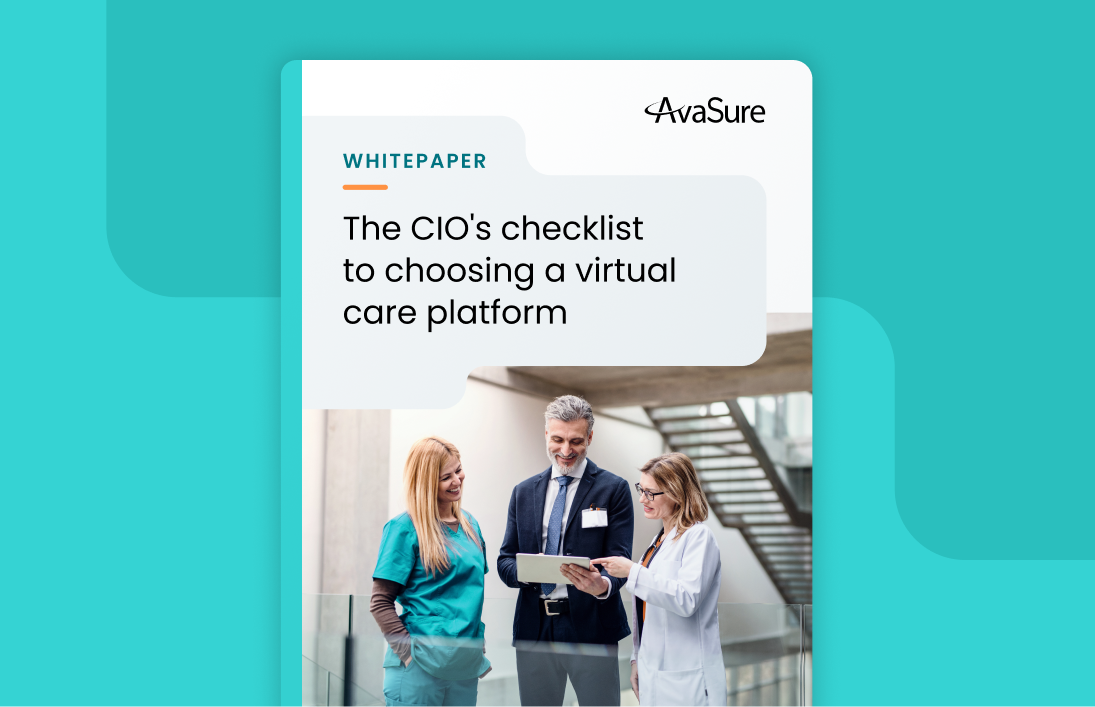
Hospital CIOs need technology partners that can significantly reduce administrative burden on clinical staff, lower costs and improve patient outcomes by integrating virtual care technology. Many health systems are implementing virtual care platforms for use-cases such as admissions, discharge, specialty consults, and virtual rounding. Virtual care is more than video calls; it combines in-person and remote treatment and requires scalable, enterprise-wide technology that doesn’t create a burden on IT resources.
Find out how AvaSure, the leader in Virtual Care with over 1,100 customers, can help you move from virtual sitting to a true end to end virtual care strategy.
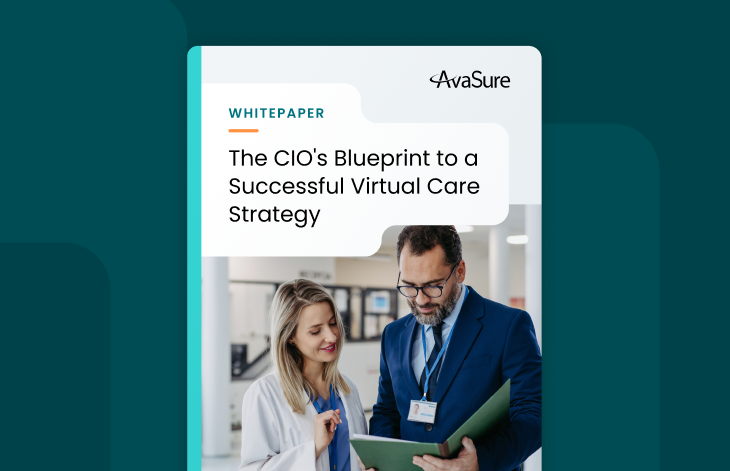
Implementing virtual care comes with a unique set of challenges. Hospitals must find a way to provide quality virtual services while controlling the cost of the technology that supports them – a difficult task when leadership is already under pressure to tighten their budgets.
Download the blueprint to learn:
Join 1,100+ hospitals across the US in ushering in the future of virtual care.
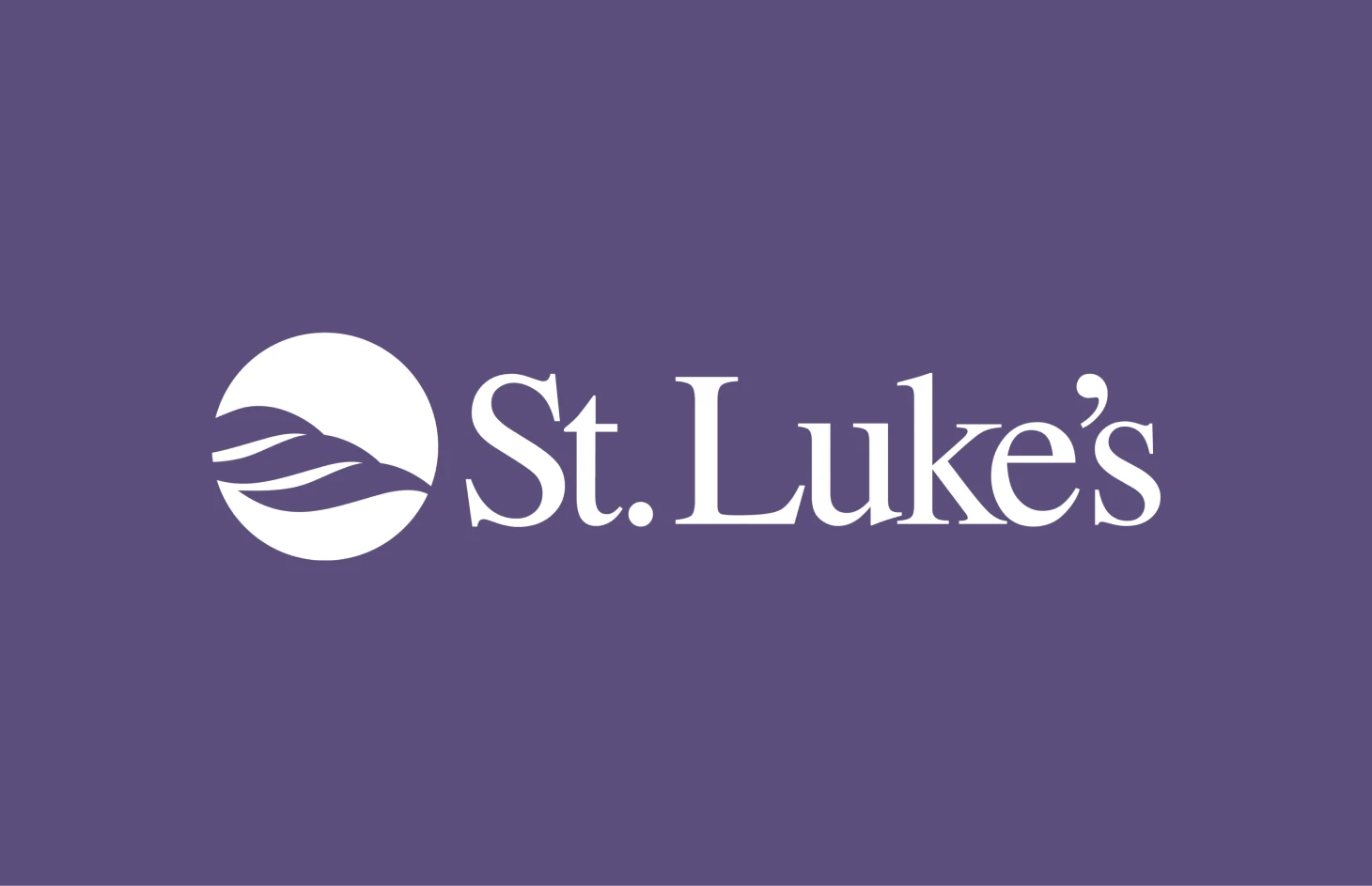
St. Luke’s is a Duluth, Minnesota-based health system that serves the communities of northeastern Minnesota, northwestern Wisconsin and the Upper Peninsula of Michigan. Like many health systems across the country, it has faced challenges with staffing: a tightening labor market, increasing competition for experienced healthcare workers and rising costs.
THE PROBLEM
“Many of these challenges were exacerbated by the COVID-19 pandemic, prompting us to seek new ways to provide additional resources and support to our patient care staff,” said Cole Rogers, RN, nurse manager at St. Luke’s.
“We identified virtual sitting as one solution to achieve a quick ROI, enabling us to decrease the use of costly one-to-one sitters.”
PROPOSAL
Knowing it couldn’t simply keep hiring more one-to-one sitters, St. Luke’s decided to explore alternative means of preventing patient falls and keeping patients safe.
“One method proven through research to be effective is virtual sitting, which enables a single, trained employee to monitor multiple patients simultaneously via AI-enabled mobile video-and-audio connection,” said Kristin Townley, RN, clinical supervisor at St. Luke’s. “This method helps prevent falls, elopement, violence against caregivers and other adverse events.
“Virtual monitoring has allowed our patient care teams to become more efficient by reserving their time for skills, activities and clinical tasks appropriate to their experience, education and licensure.”
Cole Rogers, RN, St. Luke’s
“Implementing a virtual sitter program promised to optimize staff efficiencies by allocating our resources more effectively – thereby, reducing the burden on staff and allowing them to focus on other critical aspects of patient care, while the virtual sitter program handles routine observation tasks,” she continued.
After a competitive review of vendors, St. Luke’s decided to go with AvaSure. Staff had spoken with nursing leaders at peer institutions and learned of the vendor’s excellent customer service, quick implementation and continued program support post-launch, she added.
“In addition, we appreciated the two-way video and versatile configurations of room devices, which enable a wide range of virtual care advances,” she noted.
MEETING THE CHALLENGE
St. Luke’s nurse-driven elevated level of observation protocol allows the primary RN to initiate the virtual sitting program in their Meditech Expanse EHR. Once the order is placed, the monitor specialists receive a notification via their ASCOM phone system.
“We use a two-person model for our virtual sitting program: one staff member provides rounding services for patients and staff, while the other observes patients via video monitors,” Townley explained. “Nursing leaders have found this approach enhances patient and staff safety and helps support staff by providing adequate breaks to avoid monitor fatigue.
“Promoting a team approach to safety has helped build trust and goodwill among departments which, in turn, has increased program utilization.”
Kristin Townley, RN, St. Luke’s
“Promoting a team approach to safety has helped build trust and goodwill among departments which, in turn, has increased program utilization,” she continued.
By adding a rounding specialist, the hospital has provided nursing staff with a valuable resource for patient safety, which allows them to concentrate on direct patient care needs. Here’s how the process works.
Once an order is received, one specialist transports the camera to the patient room, completes audio and visual checks, and introduces the monitor observer to the patient. During rounds, the rounding specialist obtains face-to-face reports from nursing staff, provides patient updates, and rounds on one-to-one patients and staff while ensuring their welfare and conducting room safety checks.
Additionally, the specialist facilitates the triage process, attends staffing huddles, and cleans and transports camera and audio devices to storage. Finally, the monitor observer and rounding specialist switch places at least every four hours, depending on patient acuity, to avoid monitor fatigue.
“In addition to using virtual sitting for patients at risk of falls and elopement, St. Luke’s Hospital has expanded to virtual sitting for monitoring vital signs, monitoring seizure patients, communicating with patients requiring frequent interactions, and connecting with patients who have high call light usage,” Townley said.
“Our monitor specialists are currently being trained in empathetic communication, by our mental health department, in order to provide additional support to patients experiencing anxiety, depression and other mental health issues,” she added.
RESULTS
Since initiating the virtual sitting program at St. Luke’s Hospital in November 2021, the organization has had more than 164,842 hours of patient observation. The program uses 16 devices throughout the hospital. Virtual monitoring of patients has improved patient safety through fall reduction and prevention, boosted staff efficiency, and decreased staffing costs by reducing one-to-one sitters.
“Our primary use of virtual sitting is for fall reduction and prevention,” explained Cole Rogers, RN, nurse manager at St. Luke’s. “Fifty-four percent of our patients are admitted to the program for heightened fall risk. We estimate our program prevents 529 falls per month at St. Luke’s. We believe our virtual monitoring program helped us achieve the lowest fall rate in the State of Minnesota for the 3rd quarter of 2023.
“Without the presence of video and audio, the story could have ended differently and perhaps tragically.”
Christine Glover, St. Luke’s
“Virtual monitoring has allowed our patient care teams to become more efficient by reserving their time for skills, activities and clinical tasks appropriate to their experience, education and licensure, thus relieving them of duties that could be safely done by someone else with an alternative skill set,” she continued. “To optimize nursing licensure, we have implemented innovative methods of deploying our virtual sitter technology.”
One example is using monitor staff to check in with patients receiving continuous bladder irrigation, instead of the nurse being required to check in with the patient every 15-20 minutes. Another example is using the virtual monitor assistant to encourage patients to drink their bowel prep solution every 15 minutes, again preventing a nurse from having to do this task.
“The cost-effectiveness of our virtual sitter technology compared to traditional methods of one-to-one sitters has been incredibly impactful to St. Luke’s Hospital,” Rogers said. “In 2023, virtual sitter hours accounted for 39.7 FTEs hospital wide, while staffed one-to-one sitters amounted to 8.8 FTEs. For 2023, the annual cost savings from our virtual sitting program is more than $1.5 million dollars.
“From 2022-2023, some units in St. Luke’s Hospital saw a decrease in the number of one-to-one sitters by 73% due to the utilization of the virtual sitter program,” she continued. “Looking back to 2018, prior to implementing the virtual sitter program, St. Luke’s Hospital averaged 15.9 FTEs of one-to-one sitters.”
Since 2018, the organization has decreased one-to-one sitter FTE by about half, which allows those staff members to return to providing bedside care on the unit in addition to adding the support of the virtual sitter program. Virtual sitting has improved staffing ratios from one-to-one to one-to-12, sometimes even as high as one-to-16, depending on patient acuity.
“We believe communicating the positive impact of a virtual sitter program to patients and their families gives us greater engagement,” she noted. “A successful virtual sitter program fosters transparent communication between healthcare providers, patients and their families. It reassures them their well-being is a top priority, promoting a sense of trust in the health system.”
ADVICE FOR OTHERS
Christine Glover, telemonitor specialist program coordinator at St. Luke’s, advises her peers at other hospitals and health systems starting a virtual sitter program to consider prioritizing three steps: systematic training, patient-centered approach and continuous evaluation.
“Comprehensive training and education for healthcare staff and virtual sitters is integral to a successful program,” she said. “Thorough orientation ensures virtual sitters receive training in both technological aspects and healthcare protocols to guarantee competent and compassionate care.
“A patient-centered approach enables virtual sitters to prioritize patients’ well-being: providing emotional support, and maintaining a compassionate connection despite the virtual nature of the services we provide,” she continued. “Regularly assessing and appropriately triaging patients under observation allows the acute patients to remain monitored and the stable patients to discharge from the program, optimizing the technologic-assisted care.”
This ensures feedback from both virtual sitters and healthcare staff to identify areas for determining appropriate interventions and implementing necessary adjustments, she added. Providing training to St. Luke’s bedside care staff led to better patient outcomes and overall staff satisfaction, she reported.
From a technological viewpoint, Glover outlined, these are the pieces that flow together to enhance communication electronically:
“Feedback we’ve received about our virtual monitoring program includes mention of the ease of implementation for nursing staff,” Glover noted. “It’s been said the two-person virtual monitoring model we use for our program produces less stressful ordering and higher utilization, which results in increased patient safety.
“A nurse can enter an order for virtual monitoring at any workstation, removing the need for paper forms and faxing,” she continued. “The delivery of the camera to the unit by the rounding staff allows the nurse to remain on the unit to provide patient care.”
One patient story illustrates the benefit the virtual sitting program has created for patient safety.
“While observing a patient in the neurology unit for fall prevention, the virtual sitter noticed the patient begin to cough while the patient was eating lunch,” she recalled. “The virtual safety attendant activated the audio on the patient’s camera and heard coughing and gasping. He then called the on-duty nurse to intervene and called a rapid response code.
“The nurse stopped the patient from choking, and the patient was later moved to an area of the hospital that delivered a higher level of care,” she continued. “Without the presence of video and audio, the story could have ended differently and perhaps tragically.”
The integration of virtual sitter technology represents a significant step toward enhancing patient care and streamlining healthcare operations, she added.
“By considering these key factors, healthcare providers can make informed decisions that contribute to a safer, more efficient and patient-centric healthcare environment,” she concluded.
See the article on HealthcareITNews.com
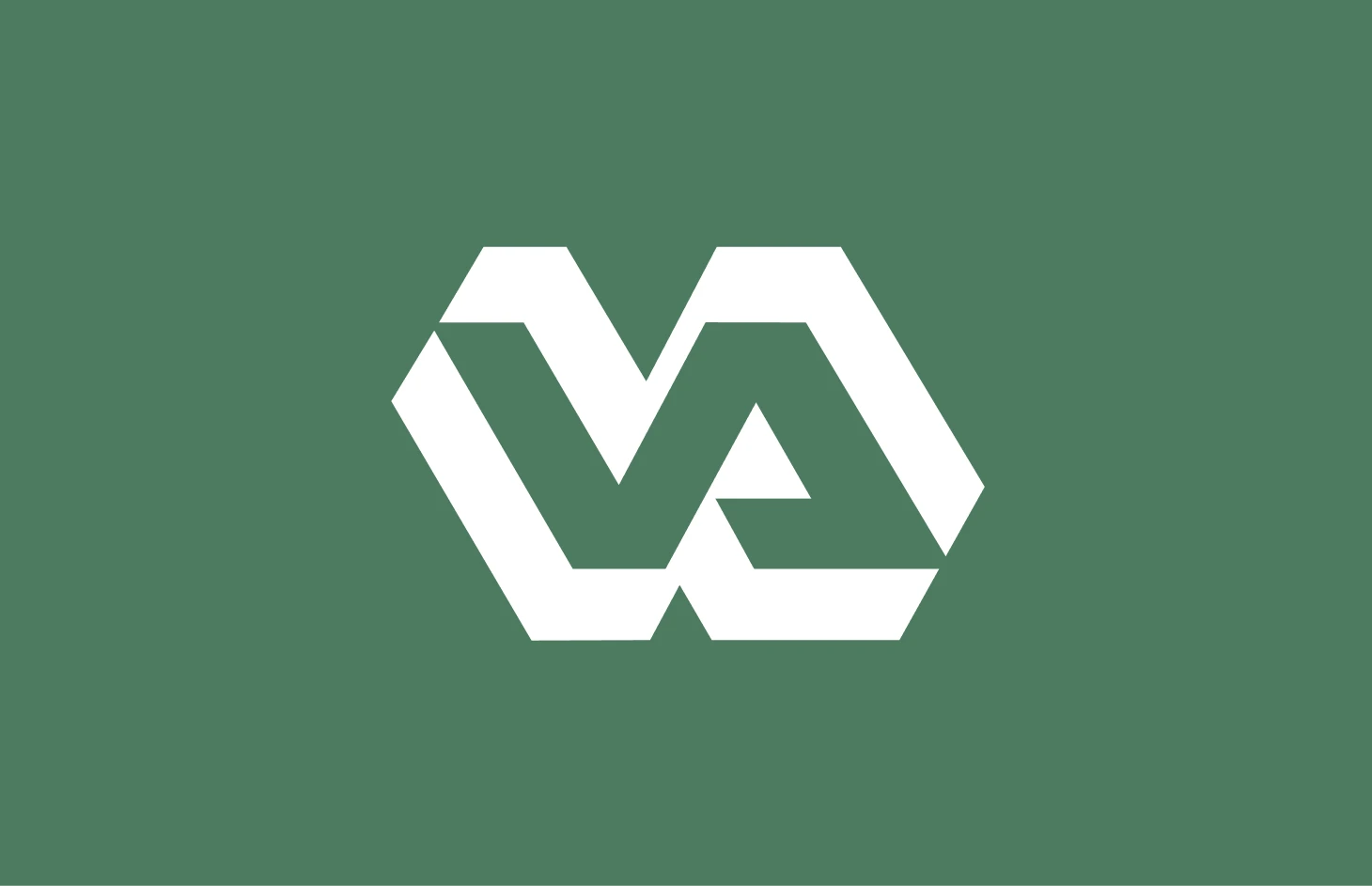
Passionate and committed, the virtual sitters at the VA North Texas Health Care System, are not just entry-level, front-line health care workers—they are the unsung heroes who, despite being virtual, forge genuine and heartfelt connections with the veterans under their care. Tiffany Villamin, nurse manager, shared a compelling story during her presentation at the 2023 ANCC National Magnet Conference®, underscoring the indispensable role these virtual sitters play in ensuring the success of the hospital’s virtual sitting implementation. When news of an impending ice storm loomed last winter, these compassionate individuals proactively reached out to Villamin, sharing that they had packed sleeping bags in their trunks and were en route to the hospital to support the veterans and the bedside staff for as long as the crisis lasted.
The VA North Texas Health Care System, a large health system with 13 facilities and more than 700 beds, represents a virtual sitting success story. After adopting this technology, the health system reduced inpatient fall rates by nearly 20% and reduced hourly patient sitting costs by nearly 90%.
This hospital is not alone in facing challenges with patient safety and falls due to labor shortages and escalating costs. It is well established that virtual sitting is superior to one-to-one sitting for patient safety and fall prevention. As virtual sitters can monitor up to 12 patients simultaneously, they also significantly reduce costs compared to dedicated staff at each bedside.
Reducing the Persistent Problem of Patient Falls
Several years ago, inpatient falls became a care improvement focus for VA North Texas as they were expending a significant amount of nursing resources on one-to-one sitters while still experiencing high fall rates.
Falls are costly. Patients injured in falls often require additional treatment and prolonged hospital stays. A recent 8-hospital analysis of over 10,000 patients falls cited by JAMA showed that a fall with any injury is associated with a cost increase of $36,776 and doubles the length of stay.
VA North Texas implemented a virtual sitting program with 2-way video and audio capabilities to connect in-room patients to virtual caregivers. At the heart of the program is a centralized monitoring hub featuring 4 virtual safety attendants who can oversee a total of 48 cameras to reduce patient falls.
An important aspect of virtual sitting is assessing patients individually to determine whether virtual sitting will meet their needs. Conditions that are typically well served by virtual sitters include general safety concerns, such as drug or alcohol withdrawal, confusion, agitation, and elopement risk; failure to follow safety instructions, such as leaving the unit without notifying staff; and high fall risk.
Results: Lower Staff Costs, Fewer falls
Since VA North Texas adopted its virtual sitting program, the health system has freed up front-line staff for direct patient care, an important improvement to overall care delivery and staff satisfaction. By decreasing 1:1 sitter usage, the program allows for better staffing and resource utilization for the entire facility, saving an average of 83 full-time equivalents per month–an annual savings of $3.4 million.
The virtual sitting program enables caregivers in the centralized monitoring hub to have eyes on 12 patients at a time, a huge efficiency gain over one-to-one sitting. As a result of the gains, VA North Texas now has costs of $3.05 per virtual sitting hour, as opposed to an average of $26 per hour for one-to-one sitters–a savings of nearly 90%. Costs are inclusive of both the staffing and technology.
Additionally, fall rates have decreased almost 20% throughout the project. They are now at a fall rate of 1.7/1000 patient days, well below national averages of 3-5/1000 patient days. Shortly, VA North Texas plans to expand the program to the Emergency Department and the mental health department to prevent workplace violence and keep suicidal veterans safer.
For health systems, one-to-one sitters represent a costly drain on resources that do little to improve patient safety. With virtual sitting, health systems such as VA North Texas have created better patient outcomes while delivering staff cost savings that can be invested back into direct patient care.
About the Author
Lisbeth Votruba, MSN, RN, is a third-generation nurse with decades of experience working with intelligent virtual care systems, and is the chief clinical officer of AvaSure.
About the outlet
Veterans Health Today is part of the Population Health Learning Network, a digital network for healthcare providers and decision makers focused on key issues in population health management.
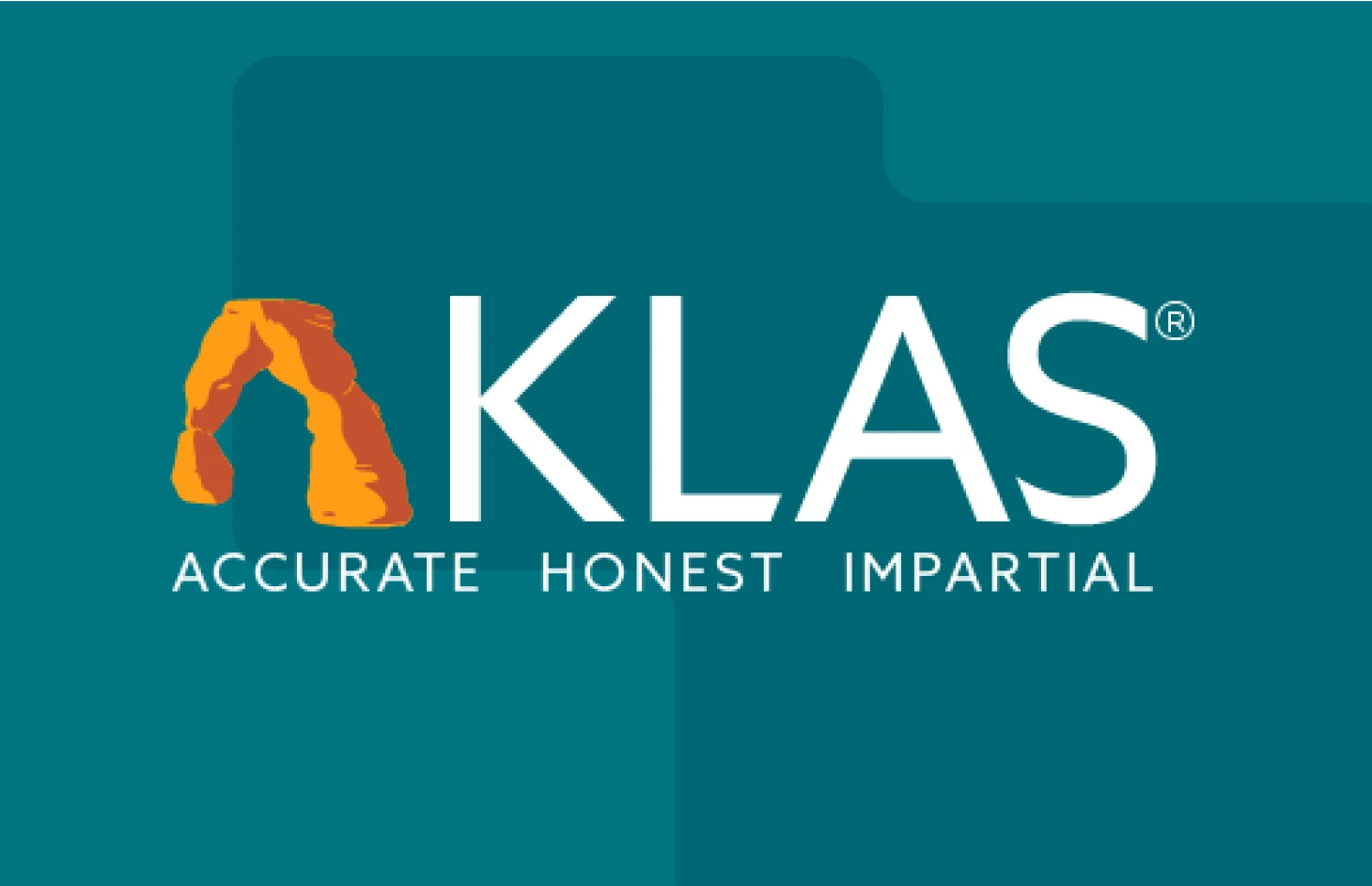
BELMONT, Mich., Sept. 21, 2023 —A new Segment Insights report from KLAS revealed that AvaSure customers have recognized the virtual care platform’s ability to improve staff and patient outcomes while driving better financial performance and significant return on investment.
The report, the first-ever by KLAS on virtual sitting and virtual nursing solutions, is based on structured interviews of vendors’ customers. The report designated AvaSure as the top performer in the market, noting that AvaSure is an established, recognizable name, and that customers recognize the platform’s ability to drive outcomes, saying that in addition to reducing patient falls, the solution reduces tube/line interferences, prevents patients from taking outside drugs, and ensures staff safety by preventing patient aggression.
The KLAS report also found that customers have experienced positive financial outcomes from being able to scale sitters’ capacity to observe patients and prevent adverse events. In addition to driving significant ROI, the AvaSure platform was rated at 8.2 out of 9 by customers in terms of getting their money’s worth from the investment. Additionally, the 2022 KLAS Emerging Solutions Top 20 Report ranked AvaSure first for the greatest impact on reducing the cost of care.
“AvaSure’s use cases for telesitting provide a huge return on investment,” said one director, July 2023. “Instead of having multiple in-person sitters, we are using one person. We have economies of scale, and those give us that financial return. Even if we wanted to pay for in-person sitters, there is a scarcity of resources to get them. AvaSure has improved our patient outcomes for falls, fall prevention, and staff retention. It is frustrating when nurses don’t have the resources they need. AvaSure has been an avenue for our nurses to get those resources through different means.”
Separately, the report revealed that respondents overwhelmingly agree that virtual sitting and nursing solutions have been helpful in addressing staffing shortages. These solutions have helped organizations to increase their observation capacity from a 1:1 sitter-to-patient ratio, enabling one sitter to now observe several patients, freeing up skilled clinical staff previously assigned to sitting roles, and allowing them to apply their skills and expertise more meaningfully where needed the most.
“This KLAS report validates that AvaSure’s virtual care platform is helping customers achieve genuine improvements to patient outcomes while alleviating staffing shortages and reducing costs,” said Adam McMullin, CEO, AvaSure. “Customers continue to choose AvaSure because our solution is unmatched in its ability to combine intelligent workflow designs and thoughtful enhancements such as AI, integrations, cloud-based offerings, and flexible devices at scale. Our team is committed to supporting our customers at every stage of their virtual care journey, ensuring they have the tools and guidance they need to succeed.”
The latest report is not the first time AvaSure has been recognized by KLAS. For example, earlier this year, AvaSure earned top marks from KLAS in a Second Look Performance report, which found that all interviewed customers were satisfied to highly satisfied with AvaSure’s solution, noting AvaSure has continued to improve and deliver on its product, and that 100% of respondents would buy again.
KLAS is a research organization that helps healthcare providers make informed technology decisions by offering impartial vendor performance information.
About AvaSure
AvaSure provides the leading virtual sitting and virtual nursing solutions to systems with nursing and staffing shortages that are challenged to significantly reduce labor costs without sacrificing patient health outcomes. Recognized by KLAS Research as the leader in reducing the cost of patient care, AvaSure is the pioneer in providing best-in-class, video-based AvaSure TeleSitter® and TeleNurse™ solutions. As a trusted partner of more than 1,100 hospitals, AvaSure combines virtual safety attendants, virtual nurses and other providers on a single platform to enhance clinical care without placing any additional burdens on existing staff. To learn more about AvaSure visit www.avasure.com.
# # #
Media Contact:
Marcia Rhodes
Amendola Communications
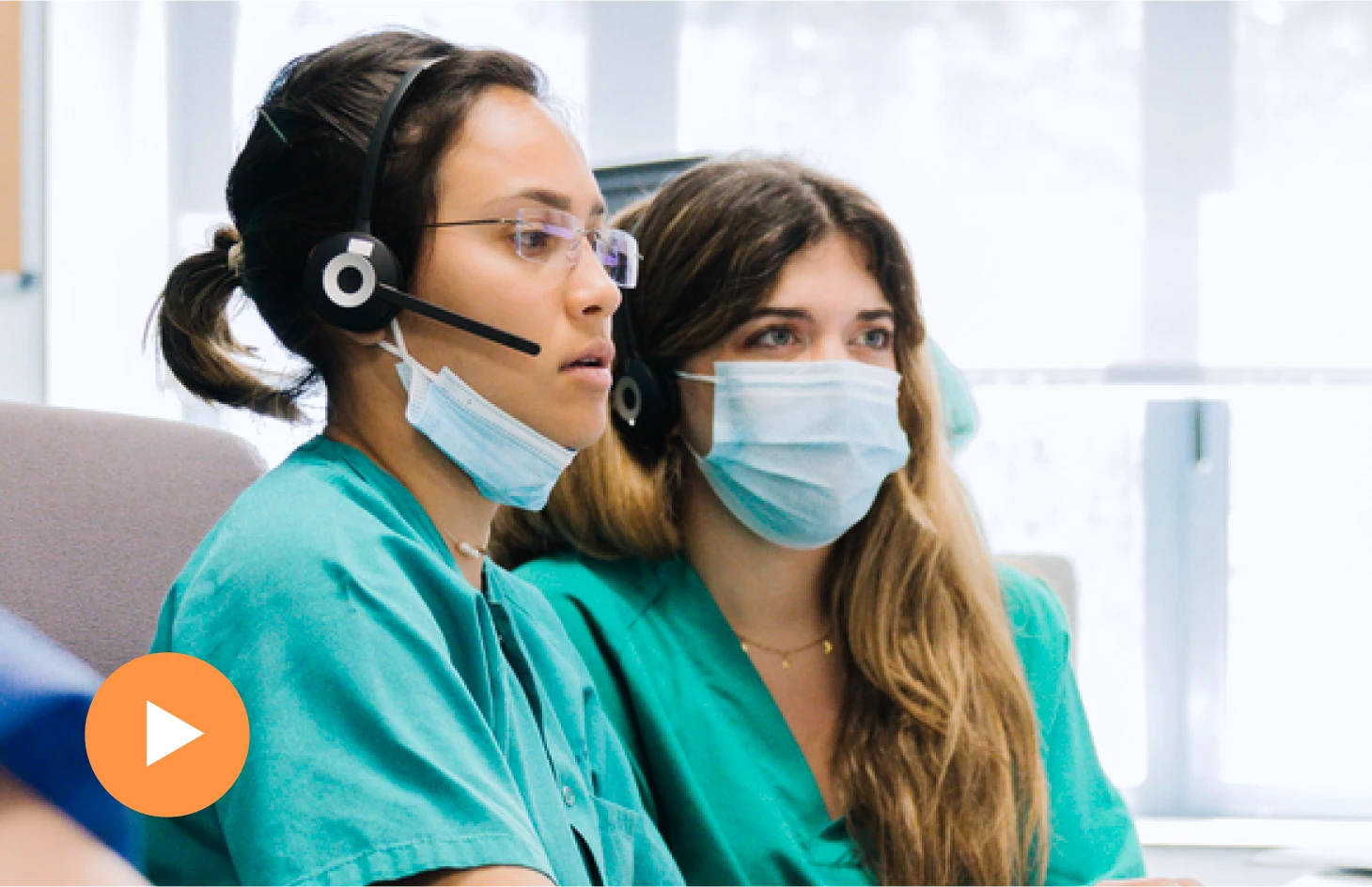
Many hospitals are experiencing staffing shortages, leading to nurse burnout and an increase in adverse events. How can hospitals create a care system that reduces the need for 1:1 patient sitters while enabling nurses to stay focused on other core patient care duties?
In this webinar, you will hear firsthand from CHS about how they expanded their virtual sitting program to enhance patient safety, optimize resource utilization and reduce costs.
Presenters:
Submit the form to view the recording!
Read the press release.
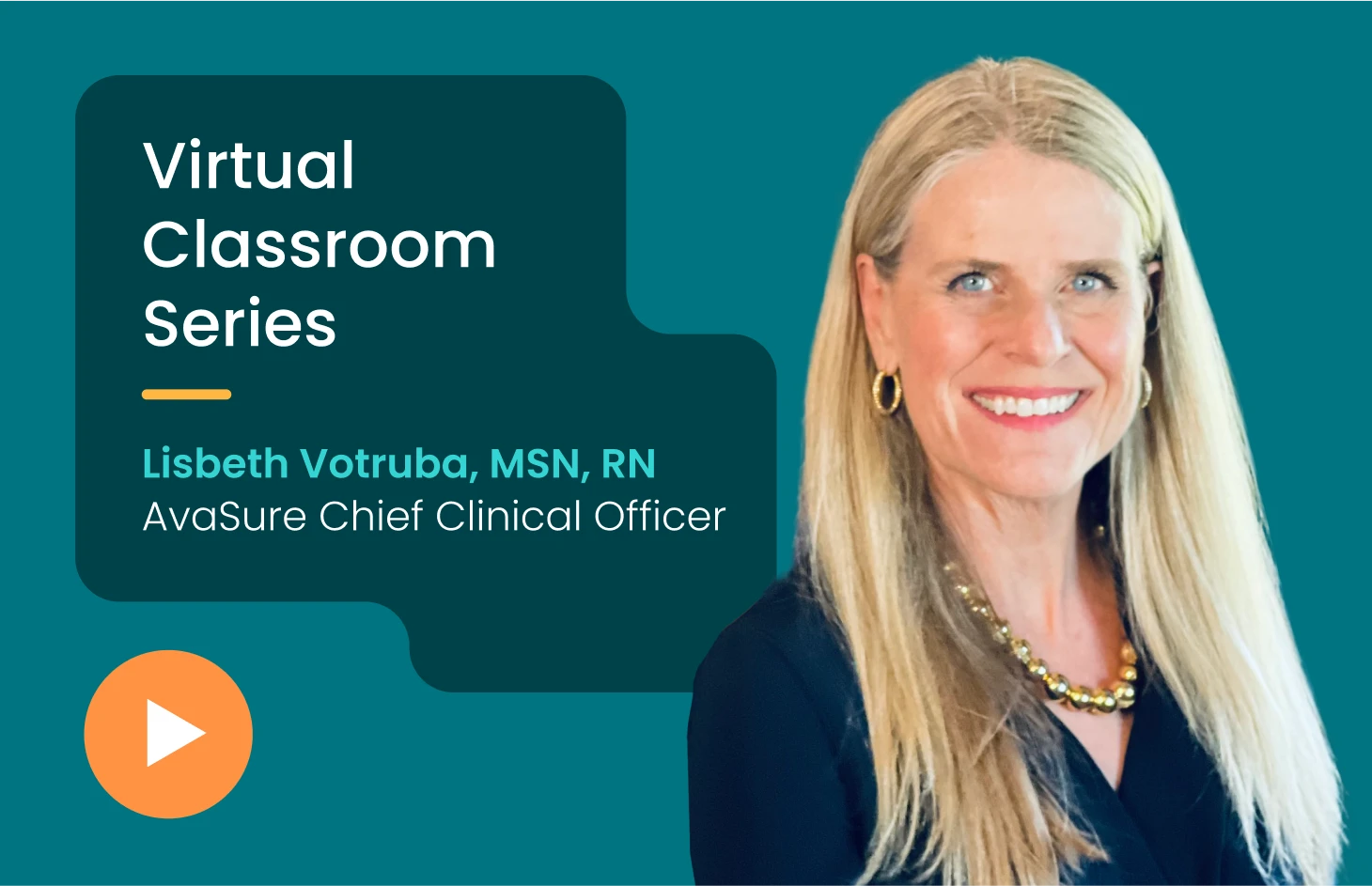
Join us for a transformative session as we conclude the captivating journey through our virtual nursing 101 classroom series. In this final installment, Lisbeth Votruba, MSN, RN, Chief Clinical Officer, will distill the invaluable insights and profound wisdom garnered over the past six months of sessions from pioneering virtual nursing programs.
In this webinar, Lisbeth will uncover:
Don’t miss this unparalleled opportunity to learn from the forefront of nursing innovation. Join us for an engaging session that promises to empower you with the knowledge and strategies to not only initiate change but to shape the future of nursing care. Secure your spot today and be a part of this transformative experience as we uncover the pathway to redefining healthcare through virtual nursing excellence.

Survey of AvaSure customers reveals that 100% would purchase virtual care platform again, 72% achieve outcomes in six months or less.
BELMONT, Mich., Aug. 23, 2023 — AvaSure, the market leader in acute virtual care and remote safety monitoring, announced today that a new report from KLAS revealed high customer satisfaction with the company’s virtual care platform. KLAS reported on AvaSure in September 2021, and the new report offers a second look at how the overall customer experience has improved over the last two years.
The Second Look Performance report, which is based on structured interviews with AvaSure customers, revealed that all interviewed customers are satisfied to highly satisfied, saying AvaSure has continued to improve and deliver on its product, and that every respondent would buy again.
Customers highlighted the AvaSure platform’s ability to deliver a noticeable improvement on patient-safety outcomes, reduce falls and fall-related injuries, decrease the number of sitters required, and catch patient complications earlier. 72% of surveyed customers told KLAS they achieve outcomes in six months or less and 36% achieve outcomes immediately.
Additionally, AvaSure’s platform received top marks from customers across a wide range of categories, including ease of use, quality of implementation, quality of training, integration approach, and delivering its money’s worth. 100% of AvaSure customers told KLAS they would purchase the virtual care platform again.
“We are proud to have earned top marks from KLAS again and would like to thank our customers for their partnership in improving patient safety while reducing staff workloads,” said Adam McMullin, CEO, AvaSure. “AvaSure provides the most clinically proven solution on the market and we are committed to helping our customers achieve a step function improvement in their results. Beyond industry-leading technology, AvaSure has a dedicated clinical team that partners with our customers and is even further ahead when it comes to clinical evidence of success in solving patient and staff safety and nursing resource challenges that health systems are facing today.”
AvaSure offers an innovative virtual care model that integrates virtual staff into current clinical workflows to enhance the work experience for bedside nurses and elevate the quality of patient care they deliver while also reducing labor costs.
AvaSure customer quotes from the KLAS report:
Additionally, customers noted that AvaSure’s strengths include:
KLAS is a research organization that helps healthcare providers make informed technology decisions by offering impartial vendor performance information.
AvaSure can be used for more than preventing patient falls. Download a new AvaSure white paper on virtual monitoring for low-to-moderate suicide risk patients.
About AvaSure
AvaSure provides the leading hospital virtual care platform to systems with nursing and staffing shortages that are challenged to significantly reduce labor costs without sacrificing patient health outcomes. Recognized by KLAS Research as the leader in reducing the cost of patient care, AvaSure is the pioneer in providing best-in-class, video-based AvaSure TeleSitter® and TeleNurse™ solutions. As a trusted partner of more than 1,000 hospitals, AvaSure combines remote patient monitors, virtual nurses and other providers on a single platform to enhance clinical care without placing any additional burdens on existing staff. To learn more about AvaSure visit www.avasure.com.
# # #
Media Contacts:
Marcia Rhodes
Amendola Communications
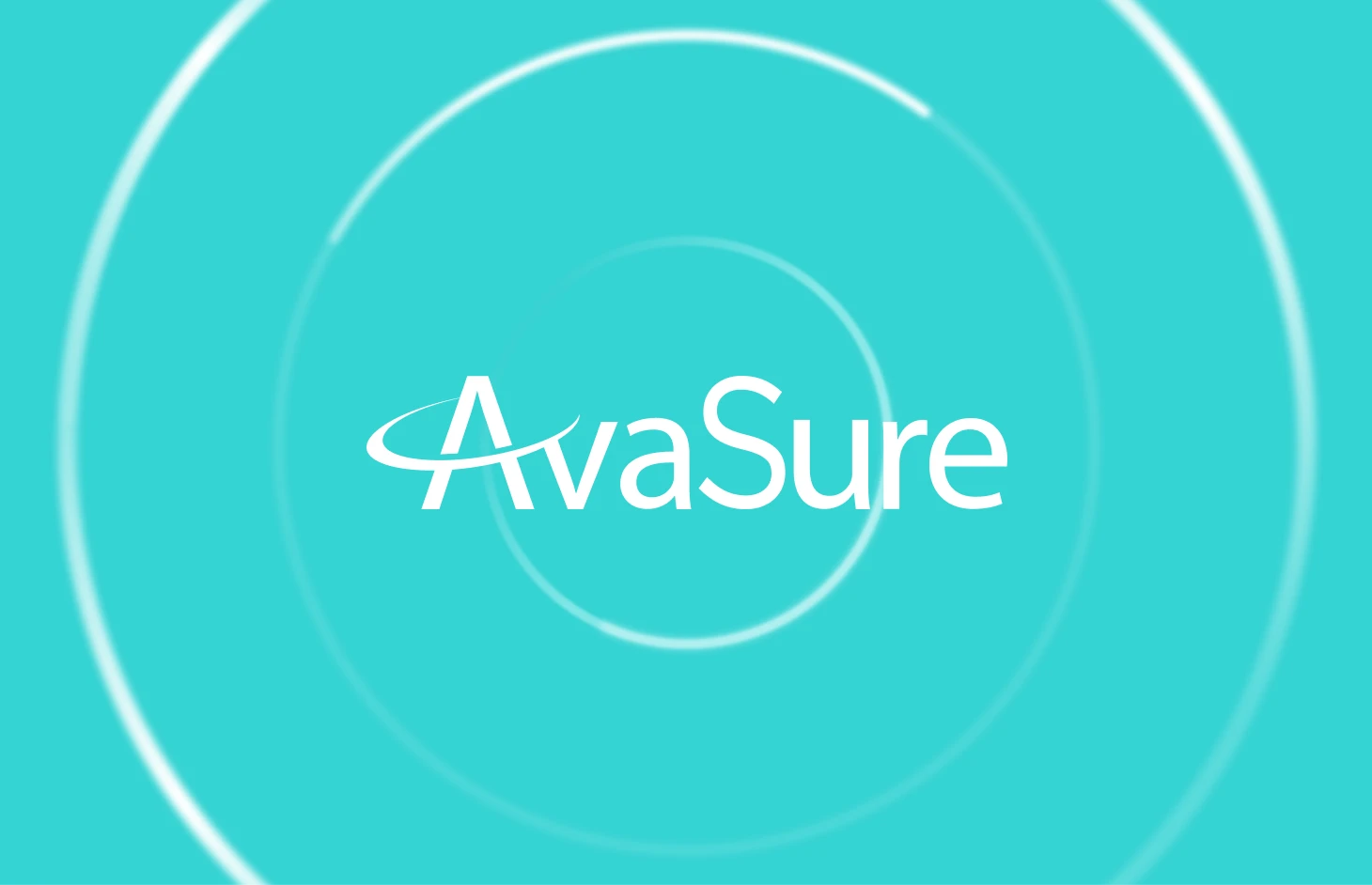
BELMONT, Mich., August 8, 2023 — AvaSure, the market leader in acute virtual care and remote safety monitoring, has invited clinical leaders from Community Health Systems (CHS) to discuss how they deployed virtual sitter technology in their affiliated hospitals to help improve patient safety. During the webinar, to be held at 12:30 pm ET on August 31, CHS executives will share insights into their decision to expand virtual sitting.
CHS sought to use the technology to help reduce patient falls. In doing so, CHS affiliates have also been able to leverage the cost efficiencies of having one virtual sitter monitor 12-16 patients, enabling the hospitals to monitor more patients than with bedside sitters alone – keeping a greater number of potentially vulnerable patients safer.
Presenters:
“Large, diverse health systems like CHS are continually challenged to optimize staff utilization while ensuring care quality,” said Votruba. “With staffing issues impacting hospitals nationwide, and with burnout on the rise, provider organizations are turning to innovative yet proven technology to ensure consistent and constant patient monitoring. This webinar will illustrate how hospitals and health systems of all sizes can leverage this technology to not only ensure more ‘ears and eyes’ on patients, but to make the most of their precious human resources.”
“As a large company that has focused on patient safety for years, we were excited to take this step forward with virtual sitting technology,” said Dr. Simon. “In addition to monitoring patients, the TeleSitter solution helps address workforce challenges by reducing the need for 1:1 sitters and enabling nurses to stay focused on other core patient care duties.”
CHS operates healthcare delivery systems in 43 distinct markets across 15 states. The company’s subsidiaries own or lease 77 affiliated hospitals with approximately 13,000 beds and operate more than 1,000 sites of care, including physician practices, urgent care centers, freestanding emergency departments, occupational medicine clinics, imaging centers, cancer centers and ambulatory surgery centers.
Currently relied upon in over 1,000 hospitals, the AvaSure TeleSitter® remote patient video monitoring system aims to improve patient safety by preventing falls and injuries, empowering virtual safety attendants to see anywhere in the room.
To learn more about the August 31st webinar and to register to attend, click here.
About AvaSure
AvaSure provides the leading hospital virtual care platform to systems with nursing and staffing shortages that are challenged to significantly reduce labor costs without sacrificing patient health outcomes. Recently recognized by KLAS Research as the leader in reducing the cost of patient care, AvaSure is the pioneer in providing best-in-class, video-based AvaSure TeleSitter® and TeleNurse™ solutions. As a trusted partner of more than 1,000 hospitals, AvaSure combines remote patient monitors, virtual nurses and other providers on a single platform to enhance clinical care without placing any additional burdens on existing staff. To learn more about AvaSure visit www.avasure.com.
About Community Health Systems
Community Health Systems, Inc. is one of the nation’s largest healthcare companies. The Company’s affiliates are leading providers of healthcare services, developing and operating healthcare delivery systems in 43 distinct markets across 15 states. CHS subsidiaries own or lease 77 affiliated hospitals with approximately 13,000 beds and operate more than 1,000 sites of care, including physician practices, urgent care centers, freestanding emergency departments, occupational medicine clinics, imaging centers, cancer centers and ambulatory surgery centers. Shares in Community Health Systems, Inc. are traded on the New York Stock Exchange under the symbol “CYH.” The Company’s headquarters are located in Franklin, Tennessee, a suburb south of Nashville. More information about the Company can be found on its website at www.chs.net.
# # #
Media Contacts:
Marcia Rhodes
Amendola Communications
Tomi Galin
Community Health Systems